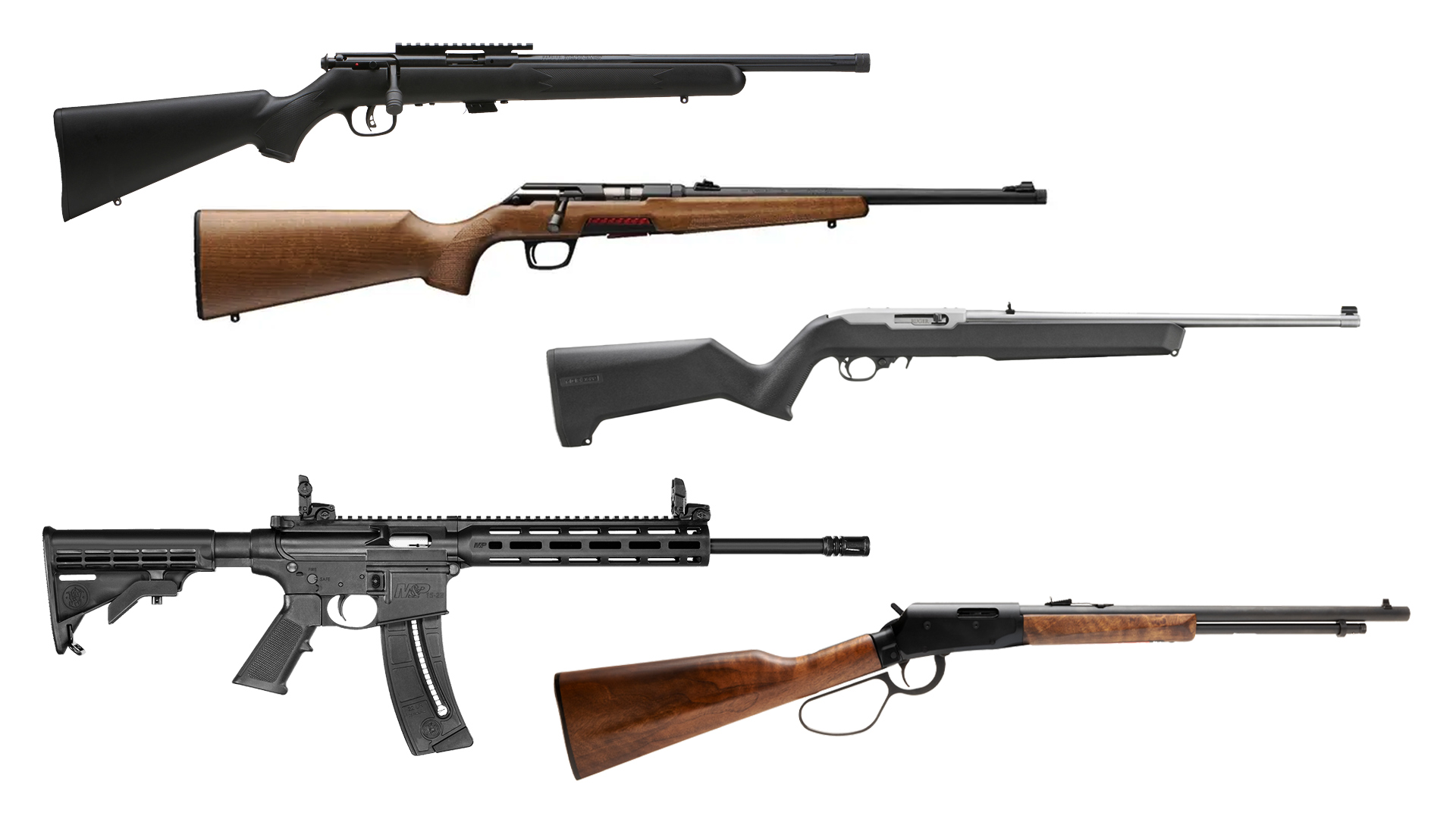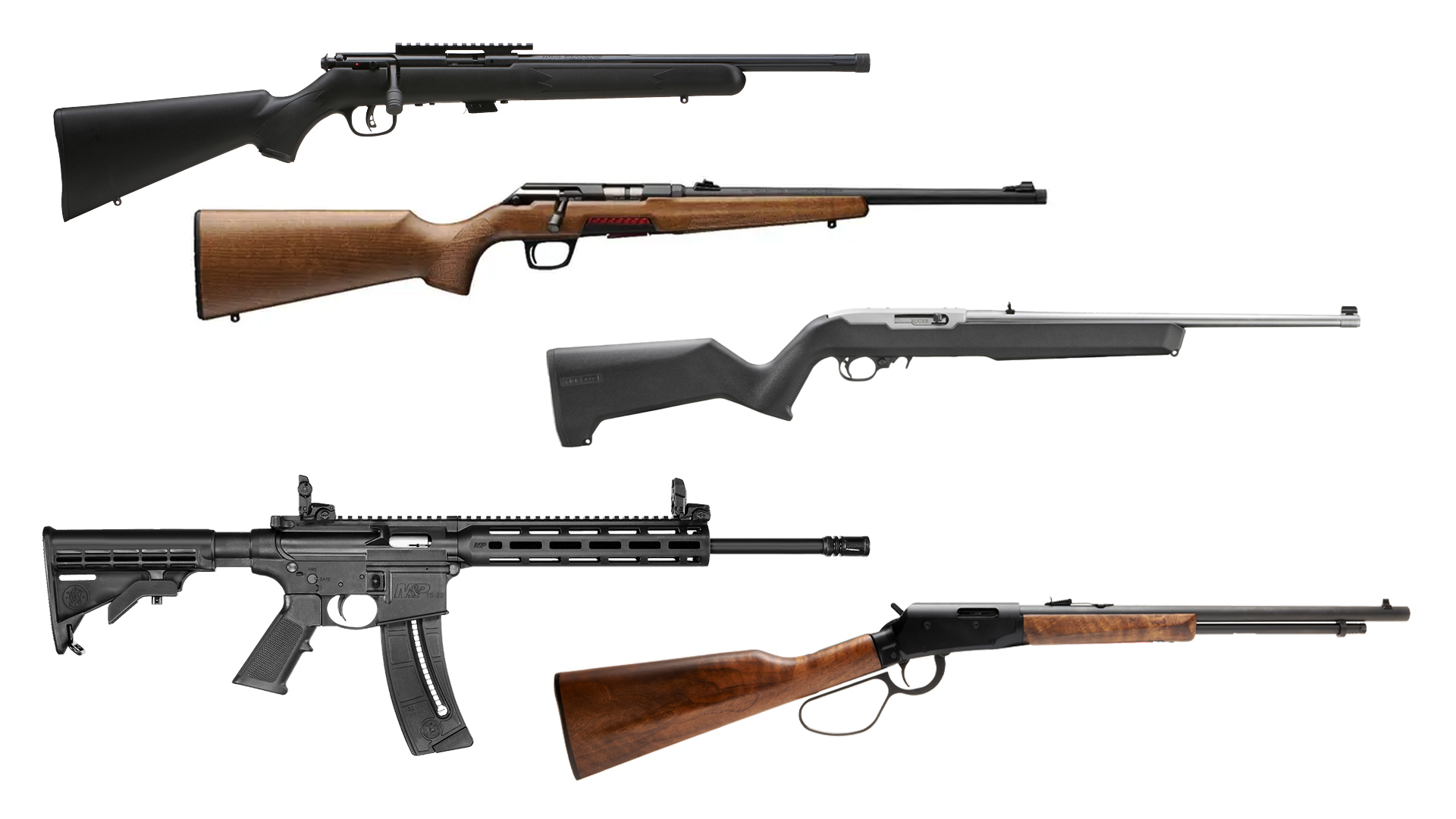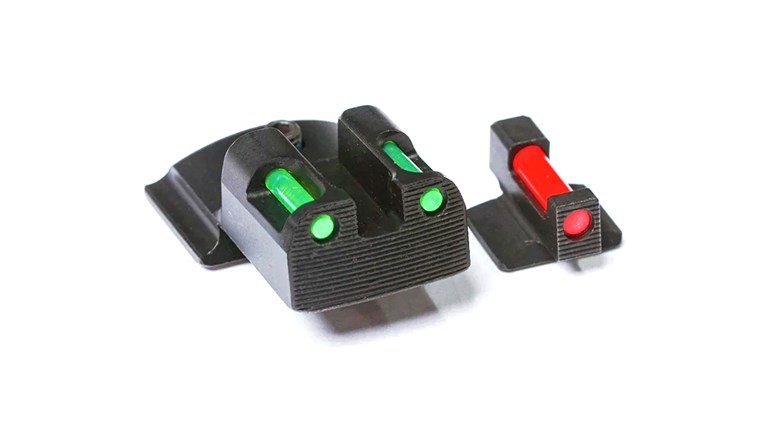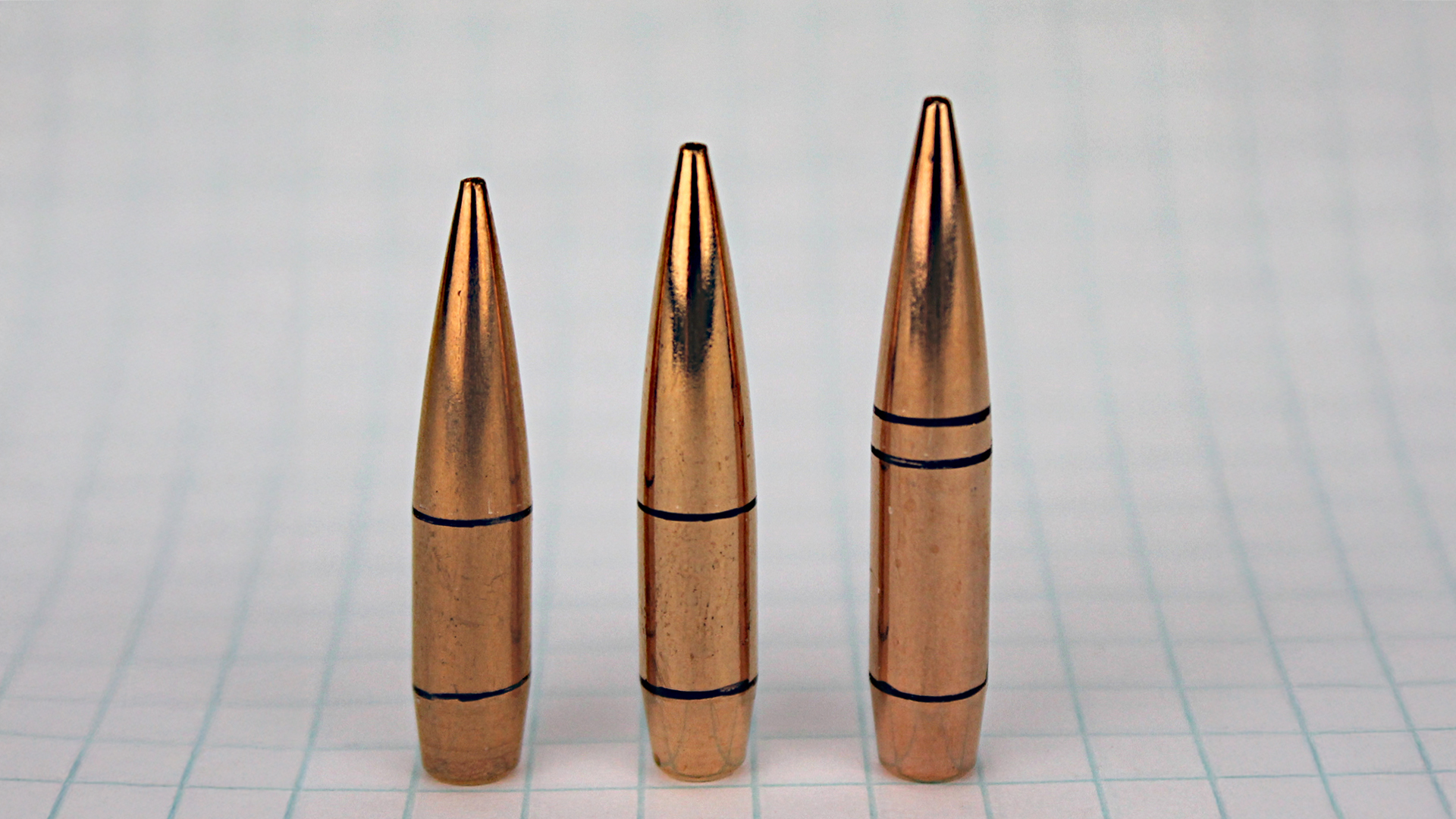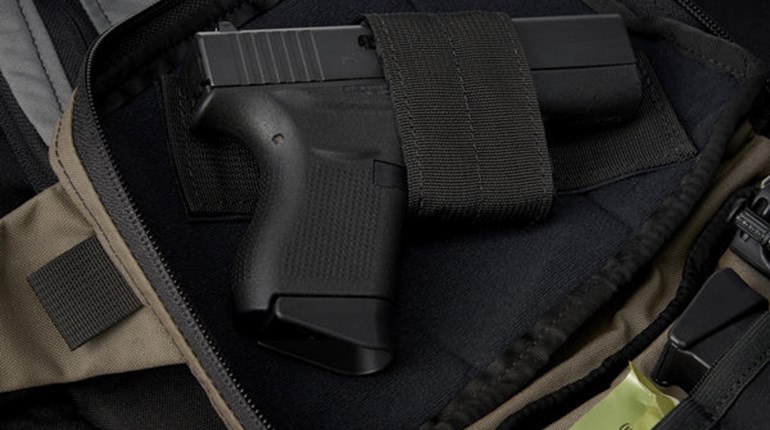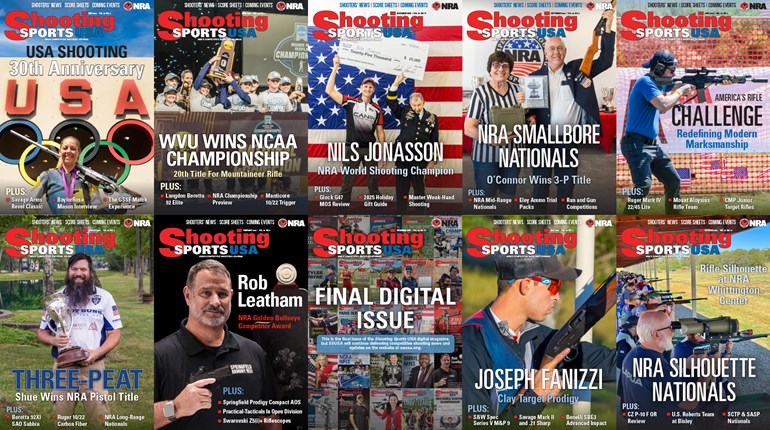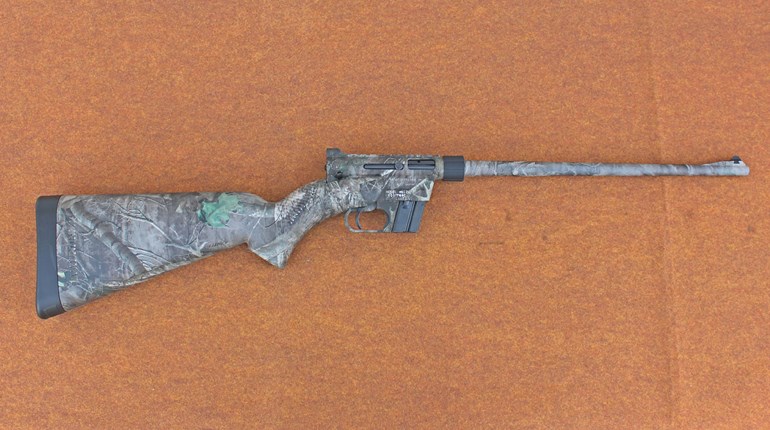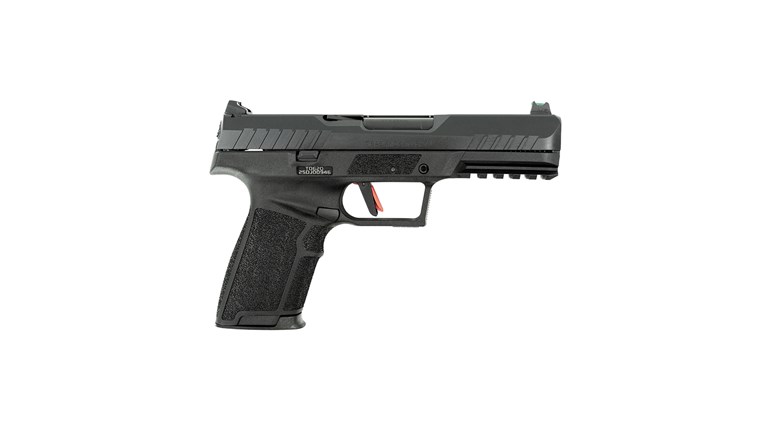
I do enjoy mixing my profession with my favorite hobby—Precision (Bullseye) Pistol, and I appreciate the importance of Anderson’s article. These insights are probably most significant for rifle shooters using a rear aperture sight and for pistol shooters using an aperture for increased depth of field. In his experiences looking through the rear sight, Anderson astutely described a visual phenomenon known as the “Entoptic Phenomenon,” visual observations arising from structures or sources within the eye.
There are a number of situations which may elicit this phenomenon, the most common of which are “floaters” within the vitreous of the eye. Although floaters are inside the center of the eye, our visual perception would be shadows projected out in front of our eyes. And because floaters are moving, the perceived shadows would also be moving.
An exam by the eye doctor often elicits the “Purkinje Tree,” a tree or branch-like shadow of our retinal blood vessels seen when the doctor looks into your eye with a bright ophthalmoscope. Once again, even though the blood vessels are in the back of the eye, we see the shadow projected out in front of our eyes.
Looking through pinholes or apertures provides some interesting “projections.” Because rifle and pistol shooters routinely look through apertures, we are a unique group who commonly experience the entoptic phenomenon. Shooters with cataracts may see various forms of their cataracts projected through the aperture. Some of our shooters complaining of seeing “cobwebs” may actually be viewing their cataracts. Other types of irregularities in the crystalline lens may produce a dark or bright spot as we look through the aperture.
Disturbances seen through the aperture may also include our tear film (the thin layers of oil, water and mucous coating the cornea), corneal defects such as folds caused by contact lens complications, or injuries. Some of you who have suffered a corneal injury may have developed a permanent corneal scar. The static corneal opacity may project a stationery shadow, while the dynamic tear film may project moving images. It is important to note that a trip to the eye doctor’s office won’t eliminate these problems caused by floaters, cataracts and corneal scars.
Eyelids and eyelashes may be seen as shadows through the aperture. In his reprinted article, Anderson described his sight disturbance as being caused by his eyebrow. Quite possibly, his observations may have been caused by his upper eyelid because of the sharp definition of the shadow in his drawing. Because of the optics of the eye, the shadow is inverted such that the upper lid will appear as a shadow in the bottom of the aperture. You can easily see this by slowly closing your eyelid as you view through the aperture. The “shadow” will slowly rise.

Probably the most fascinating entoptic phenomenon to shooters is the appearance of the aperture as it relates to our pupil, the center opening in the iris that allows light into our eyes. As we look through an aperture, we see images outlined by a circle. This largest “circle” in our sight picture would appear to be the pupillary margin, which is usually slightly ragged as shown in Fig. 368. A deformed pupil that is not round will cause the circumference of the aperture of the sight picture to be irregular in appearance.
Competitive shooters are acutely aware of pupil size and its affect on depth of field as we obtain our sight picture. If you don’t have an aperture or pinhole handy, simply curl your index finger within your thumb. As you look through this “aperture” with the shooting eye, shine a flashlight into the non-aiming eye. We know the pupils of both eyes will become smaller. The medical explanation relates to the direct pupillary reflex to the non-aiming eye and consensual pupillary light reflex to the shooting eye. Remarkably, the appearance of the aperture size also becomes smaller. Try this and see for yourself.
Next, cover the non-aiming eye, and both pupils will become larger because of the diminished lighting to the covered eye and the consensual reflex to the opposite eye. Remarkable, once again, as the apparent size of the aperture will become larger as well.

Rifle and pistol shooters are advised to try out different size apertures to provide the best balance between depth of field and a “clean” view through the aperture. Most importantly, trigger control will always help you shoot those “X’s.”
A former Navy pistol team member, Dr. Wong is an NRA Master with Distinguished Pistol and President’s Hundred medals. Read Dr. Wong's previous articles "Iron Sight Lens Inserts—Are They Right For You?" and "Vertex Distance, Optimum Vision or Not?".



